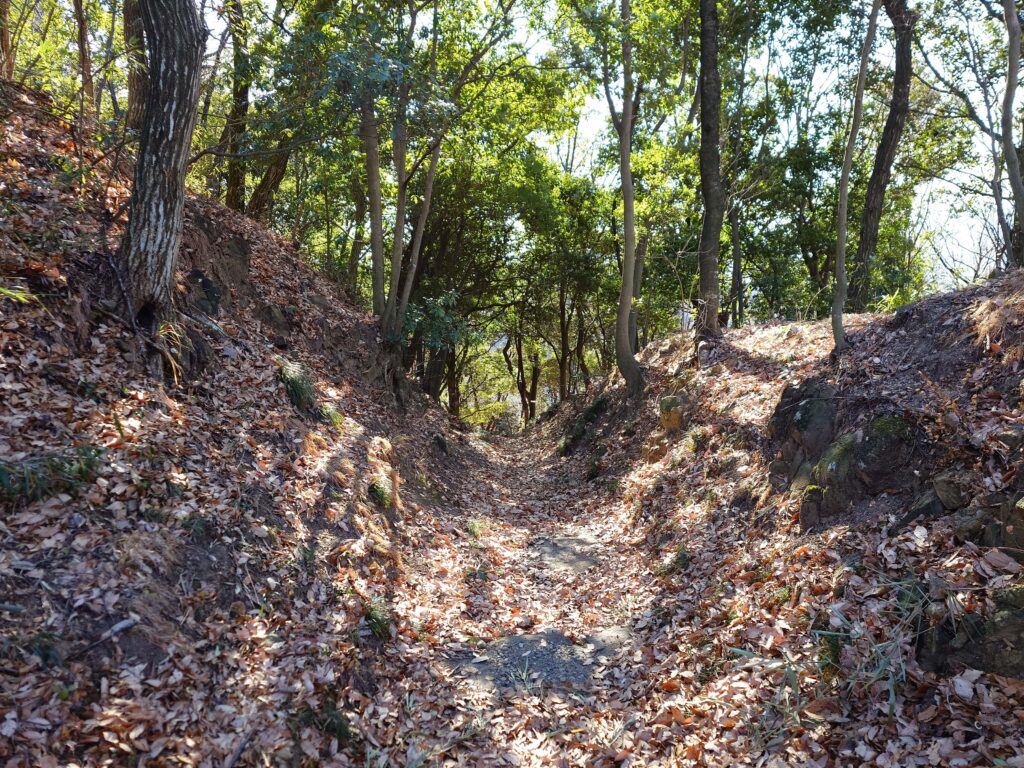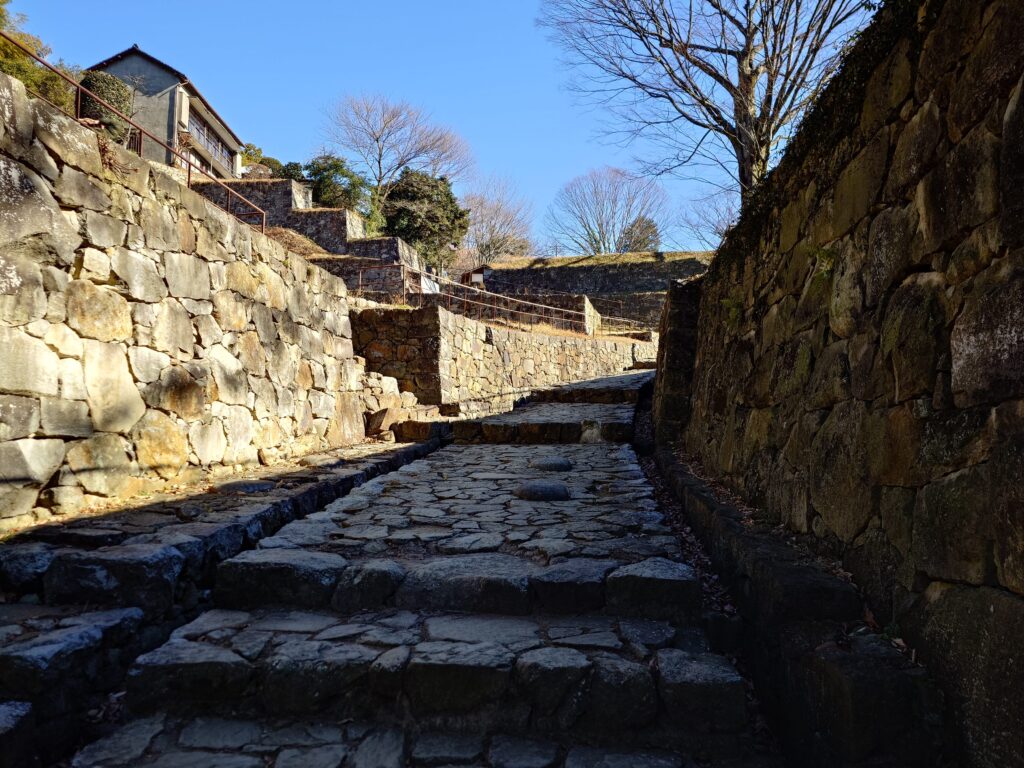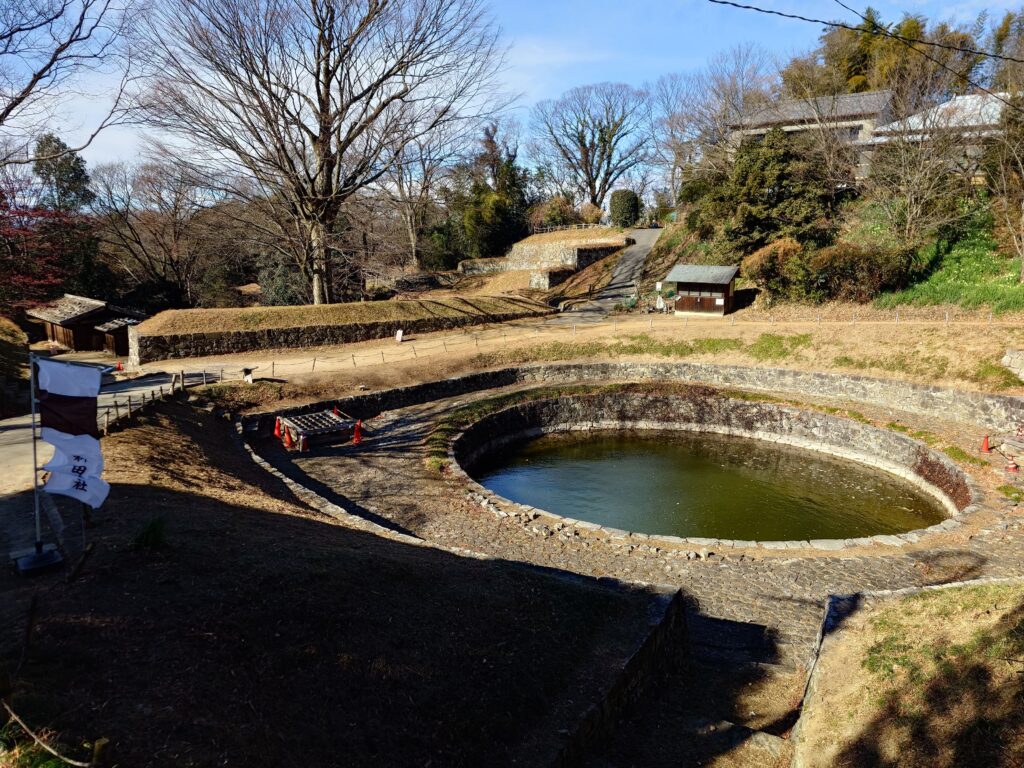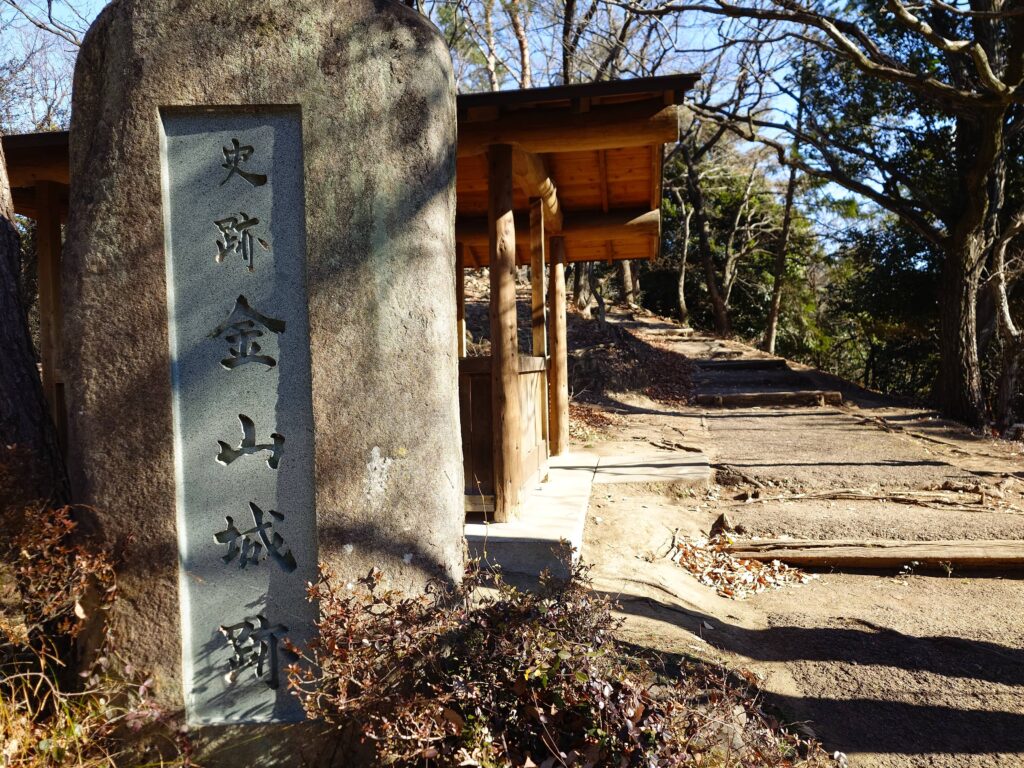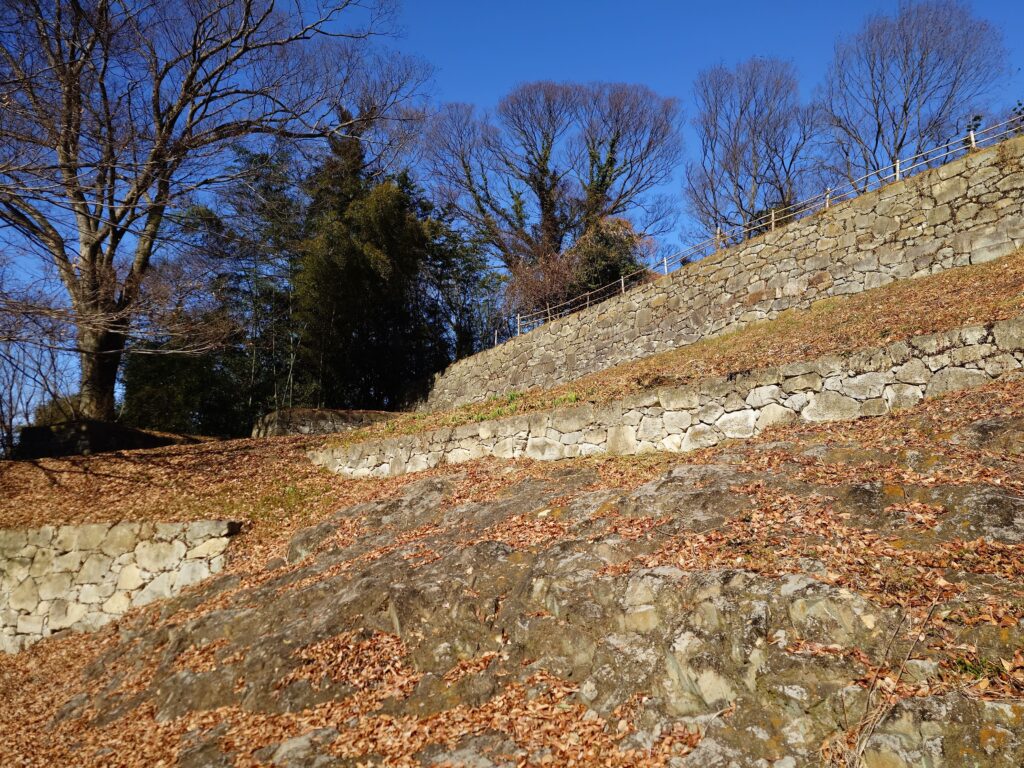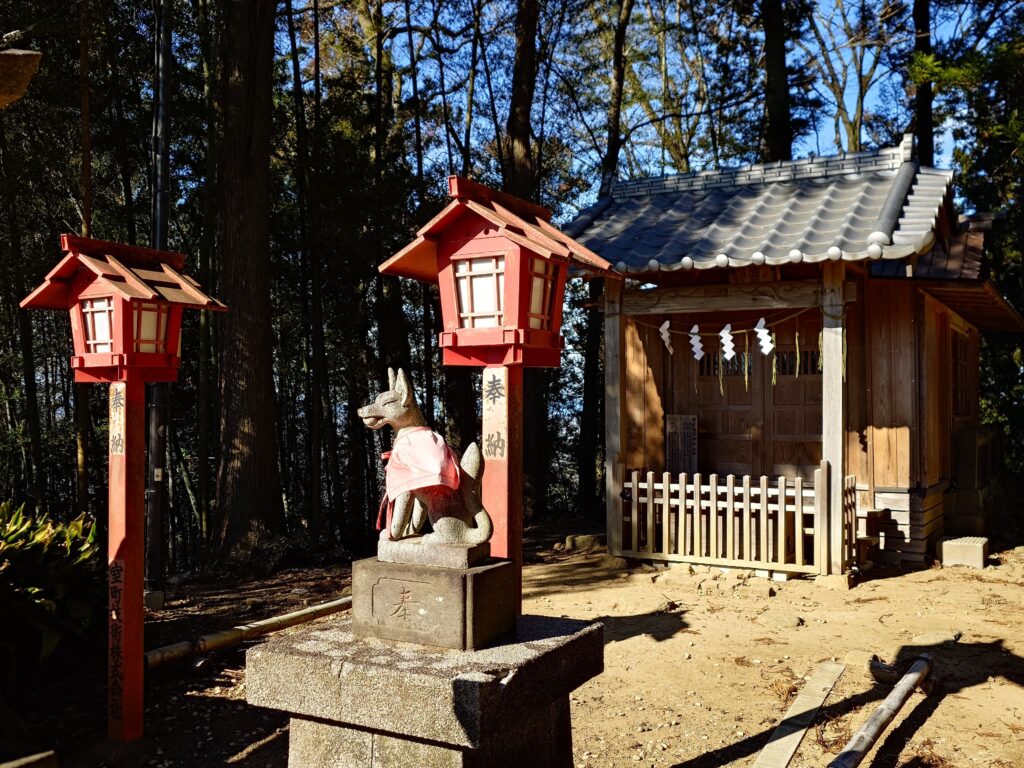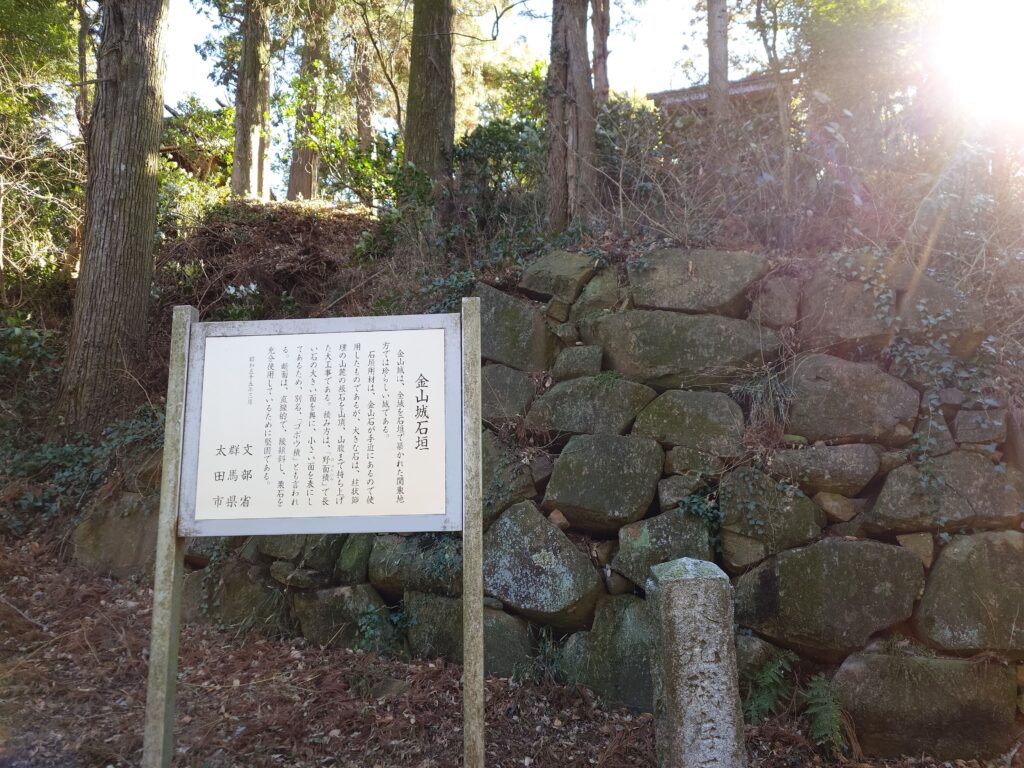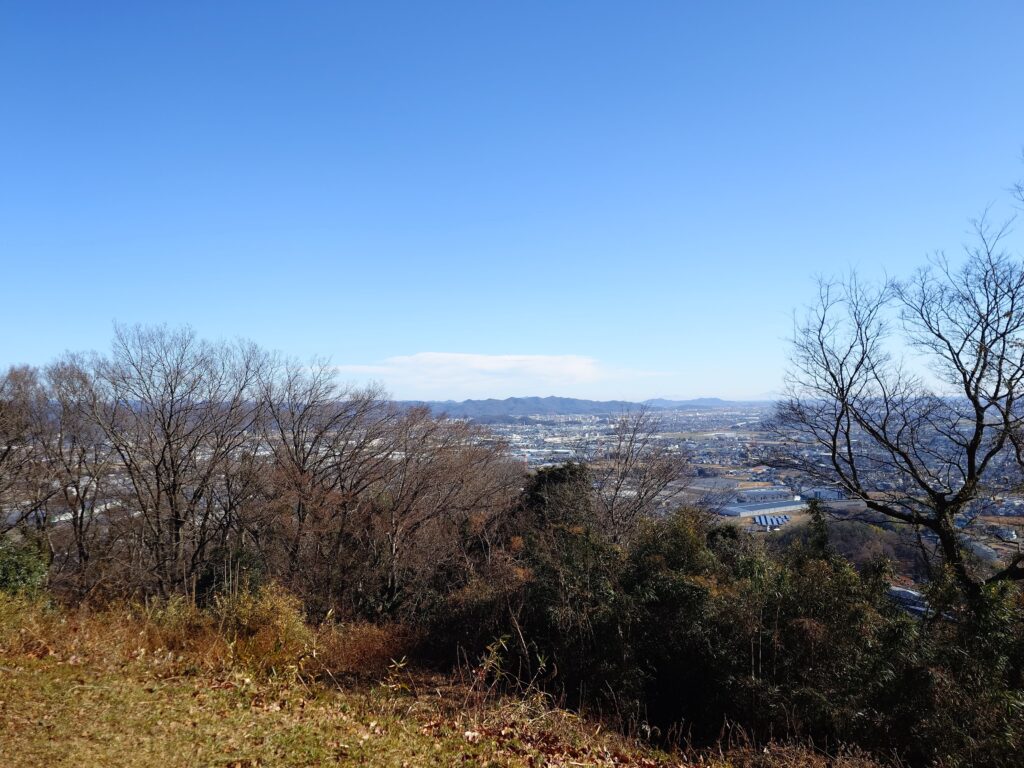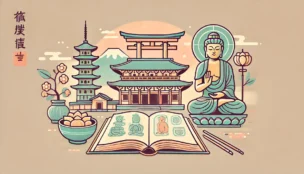1. The establishment of the Tang Dynasty and tensions in East Asia(唐の成立と東アジアの緊張)
At the beginning of the 7th century, the Sui Dynasty(隋) fell in China and the Tang Dynasty(唐) was established in its place. The Tang Dynasty built a powerful centralized state based on the Ritsuryo system, and actively expanded into Central Asia and the Korean Peninsula. In response to the growing military tensions in East Asia as a whole, the three Korean kingdoms of Goguryeo(高句麗), Baekje(百済) and Silla(新羅) also strengthened their own national systems and hurried to increase their national power.
This movement also had an impact on Japan, which was separated from these countries by the sea, and the need for a centralized state was called for.
In order to learn about the advanced governance system and culture of the Tang Dynasty, students and monks such as Takamuko no Genri(高向玄理) and Min(旻) were sent to China, and after returning to Japan, they played a role in spreading the knowledge of reform.
2.The Soga Family’s Tyranny and the Isshi Incident(蘇我氏の専横と乙巳の変)
However, the Soga family(蘇我氏) still held great power within the country, and in particular, Soga no Emishi(蘇我蝦夷) and his son Soga no Iruka(蘇我入鹿) were dominating the political scene. In 643, Soga no Iruka killed Prince Yamashiro(山背大兄王), the son of Prince Umayato(厩戸皇子), in an attempt to further consolidate his power.
Prince Nakanoōe(中大兄皇子) and Nakatomi no Kamatari(中臣鎌足), who felt threatened by this, aimed to establish a national system centered on the emperor, and in 645 they defeated and destroyed the Soga father and son. This incident is known as the Isshi Incident(乙巳の変) and is positioned as an important political upheaval in Japanese history.
3.Emperor Kotoku and the Taika Reforms(孝徳天皇と大化の改新)
After the Isshi Incident, Empress Kōgyoku(皇極天皇) abdicated in favor of his younger brother, Prince Karu(軽皇子), and Emperor Kotoku(孝徳天皇) was newly enthroned.
Prince Nakanoōe held real power as Crown Prince, and Nakatomi no Kamatari was appointed as an inner court official, and a new political system was put in place. Abe no Uchi no Maro(安倍内麻呂) was appointed as the Minister of the Left(左大臣), and Soga no Kurayamada no Ishikawamaro(蘇我倉山田石川麻呂) was appointed as the Minister of the Right(右大臣), and Takamuko no Genri(高向玄理) and Min(旻) were appointed as state doctors.
Furthermore, the capital was moved from Asuka to Naniwa-no-Nagara-Toyosaki-no-Miya(難波長柄豊碕宮) (Naniwa Palace(難波宮)), a strategic location for maritime traffic. Naniwa Palace was built as a base for politics, diplomacy and military affairs to spread the power of the Emperor over a wider area, and it became a forerunner to the later Japanese system of castle towns.
In 646, the “the Reform Edect(改新の詔)”was issued, which clarified the policy of aiming for a centralized national system. The contents were as follows
- Abolish private land and private citizens belonging to the royal family and powerful families, and introduce a system of public land and citizens.
- Develop administrative divisions such as the Kinai region(畿内), provinces(国), counties(群) and villages(里).
- Compile family registers and land registers, and implement the Handen Shūju Law (a system that involved leasing rice fields to men and women aged 6 and over and then collecting the harvested rice).
- Develop a nationwide uniform tax system.
As you can see, during the reign of Emperor Kotoku, reforms were carried out with the aim of creating a unified nation with the Emperor at its head, and these reforms are known as the Taika Reforms(大化の改新).
4.Empress Saimei and the Battle of Baekgang(斉明天皇と白村江の戦い)
However, this reform came to a temporary halt with the death of Emperor Kotoku. After the death of Emperor Kotoku, Emperor Kogoku was enthroned again (Emperor Saimei(斉明天皇)), and Prince Nakanoōe continued to hold the real power of government.
During the reign of Emperor Saimei, Abe no Hirafu(阿倍比羅夫) led a naval expedition to the Tohoku region, including Akita and Tsugaru, to subjugate the Emishi(蝦夷), and to advance the rule of the country.
Furthermore, dealing with the situation on the Korean Peninsula became an important issue. In 660, when the combined forces of Tang(唐) and Silla(新羅) destroyed Baekje(百済), the prince of Baekje requested reinforcements from Japan, and Empress Saimei responded by sending a large army.
However, in the Battle of Baekgang(白村江の戦い) in 663, the Japanese army was soundly defeated by the combined forces of Tang and Silla, and the dream of reconstructing Baekje was shattered.
As a result of this defeat, Japan became wary of an invasion by Tang and Silla, and hurried to strengthen its defense system. Sakimori(防人) were stationed in northern Kyushu, and Mizuki(水城) and Korean-style mountain castles (such as Ōno Castle(大野城) and Kii(基肄) Castle) were built to strengthen national defense.
5.The reign of Emperor Tenji(天智天皇の治世)
After that, Prince Nakanoōe moved the capital to Ōmi Ōtsu Palace(近江大津宮) in 667, and was enthroned as Emperor Tenchi (天智天皇)in 668. Emperor Tenchi worked hard to reunify the country, and in 670 he created the first nationwide family registry system in Japan, the “Kōgo Nenjaku(庚午年籍)”. This helped him to gain a better understanding of the people and to establish a tax system. In addition, the “Ōmi Code(近江令)” was compiled, and the legal system was further developed.
6.The Jinshin War and the Accession to the Throne of Emperor Tenmu(壬申の乱と天武天皇の即位)
After the death of Emperor Tenchi, there was a fierce conflict between Prince Ōtomo(大友皇子), the son of Emperor Tenchi, and Prince Ōama(大海人皇子), the younger brother of Emperor Tenchi, over the succession to the throne. Prince Ōama succeeded in mobilizing the military forces of the powerful families of the eastern provinces (Mino and Owari), and the Jinshin War(壬申の乱) broke out.
The Jinshin War is considered to be the largest civil war in Japan’s ancient history. Prince Ōama, based in Mino Province’s Fuwa(不破), organized his troops and defeated Prince Ōtomo’s army, which was based in Omi Province’s Otsu Palace. Prince Otomo was defeated and committed suicide, and Prince Ōama was enthroned at Asuka Kiyomihara Palace(飛鳥浄御原宮) the following year in 673, becoming Emperor Tenmu(天武天皇).
Emperor Tenmu further strengthened the centralized system of government and proceeded to make the emperor’s power absolute. For example, he stopped appointing powerful clan leaders as ministers and concentrated power in the hands of the emperor and the imperial family. He also established the Yakusa no Kabane(八色の姓)(eight-lank system) in order to incorporate the clan leaders into the new class system centered on the emperor.
In addition, he worked on compiling the Ritsuryo (律令)(ancient Japanese law) and historical texts, and on minting Japan’s first coins (Fuhonsen(富本銭)). Furthermore, he promoted the deification of the Emperor, and established the use of the title “Emperor(天皇)”.
7.Empress Jito and Fujiwara-kyo(持統天皇と藤原京)
After the death of Emperor Tenmu, his policies were continued by Empress Jito(持統天皇). In 689, Empress Jito enacted the Asuka Kiyomihara Code(飛鳥浄御原令), and in 690 she created the Kōin Nenjaku(庚寅年籍).
In 694, the capital was moved to Fujiwara-kyo(藤原京), which was modeled on the Chinese capital system. Fujiwara-kyo was a planned city based on the jōbō system(条坊制) (a city planning system in which the city is divided into a grid pattern of large roads running in a north-south and east-west direction), and it was a full-fledged capital city where a bureaucratic system centered on the emperor functioned.
8.Summary: The completion of the Ritsuryo state(総括:律令国家の完成へ)
Thus, the series of reforms that began with the Taika Reforms, and which had continued through the Battle of Baekgang and the Jinshin War, were brought to completion by the emperors Temmu and Jito. After this, the Taihō Code(大宝律令) was completed in 701, and the system of a Ritsuryo state centered on the emperor was put in place.
